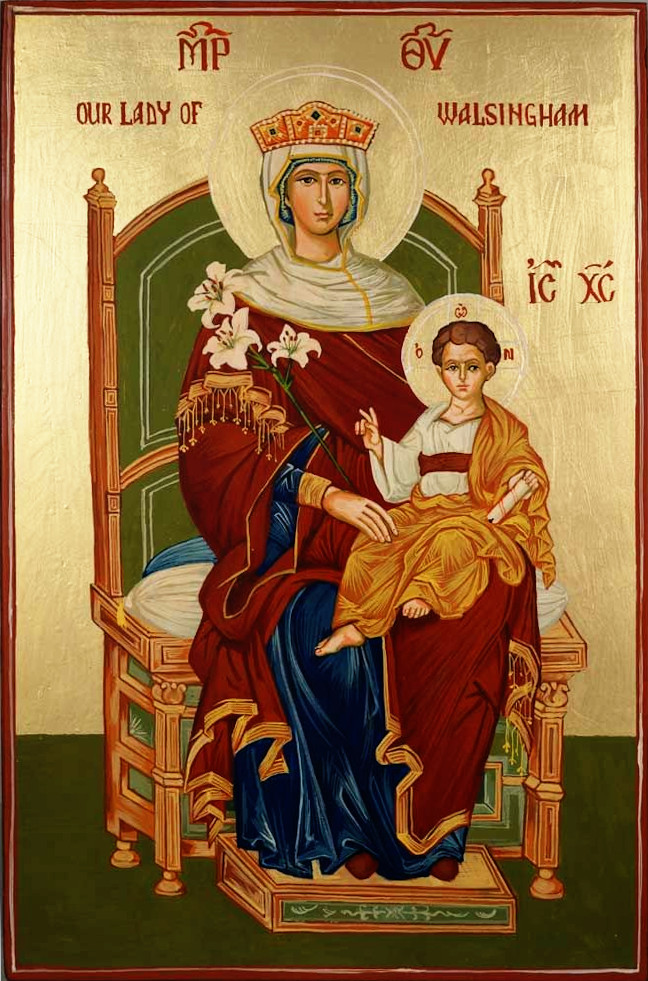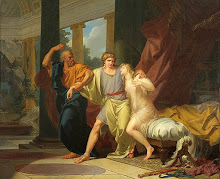23 March 2016
The people of Esther yet live
The holiday of Purim, which began tonight at sundown, will be celebrated by the world’s Jews until tomorrow evening. It is a very long-established holiday in the Jewish canon, having been celebrated by the Jews at least since the first century CE (having been recounted by Josephus in his Antiquities of the Jews), and the story which it commemorates is well-known and well-loved among us Christians as well: the story of Esther, Mordechai and Ahasuerus (Xerxes), and the deliverance of the Jews of Persia from the clutches of the evil advisor, Haman the Agagite. It is the story of a young woman of great faith, devotion and perseverance, who shows great bravery on behalf of her endangered people, by going in to her husband unbidden when doing so was a capital offence. For Jews, Esther is very justly considered to be a holy prophetess and a national and religious heroine. Among Christians, Esther, who was in all things obedient to God and to her husband, was considered by the Fathers of the Early Church a prefiguration and type of the obedience, bravery and self-sacrificial love of the Most Holy Theotokos, whose Annunciation we celebrate on the day after Purim ends.
Esther demonstrates for us, in fact, a heroism which derives in no small part from being an exile who is culturally out-of-place. She was, indeed, not only a stranger among the Persians but also an orphan being raised by her uncle Mordechai. Esther could very justly be considered a highly vulnerable woman, being both a member of a small minority in the Persian Empire, and one without a great deal of extensive family support apart from her uncle. She entered the palace as a servant, and her only claim upon the Shah was that of her beauty and physical attraction. Even with the favour of the Shah, she was still liable to be divorced like Vashti – or worse – if she displeased or angered him. To do what she did, in fact, required a great deal of faith.
Here’s the thing about the Jews of Persia, though – if we may also have the faith enough to understand the full depth of the history, which has not yet ended. The Jews, who at that time were the people that Esther called her kin, and for whom she pleaded before Xerxes, still live there. What’s more, the Jewish communities of Iran are well-established and even happy there, with a deep cultural and political attachment to what they consider in justice to be their homeland. (These Jews have been incredibly supportive, in fact, of the Iranian nuclear deal.) The tombs of Esther and Mordechai are located in Hamadan, in Western Iran, and these are still a popular destination of pilgrimage for the country’s Jews.
Just a few things to remember during this feast. Chag purim same’ach, everyone!
Labels:
culture,
Eranshahr,
history,
international affairs,
Levant,
Pravoslávie,
prayers,
theology
Subscribe to:
Post Comments (Atom)














No comments:
Post a Comment